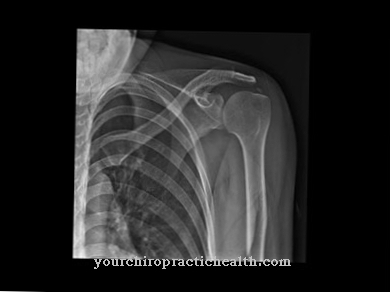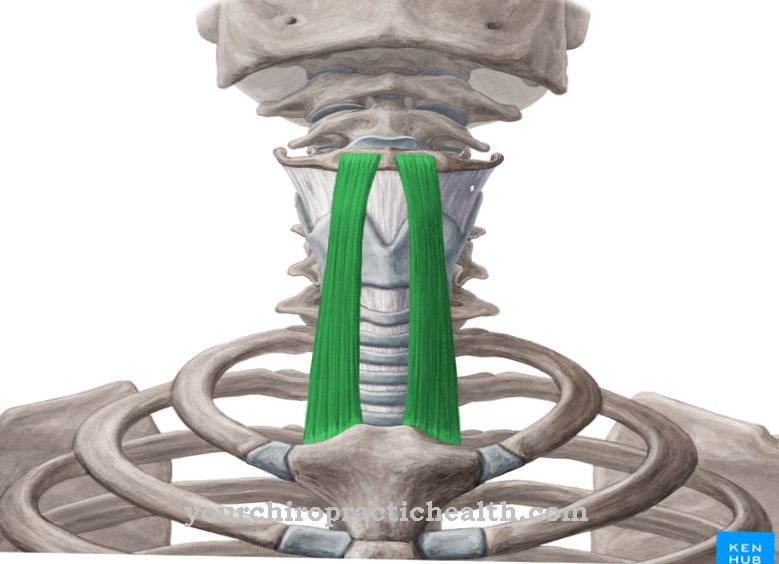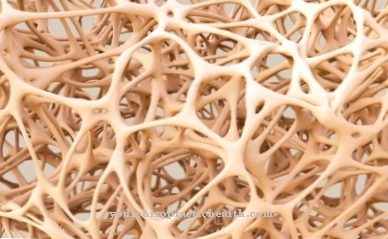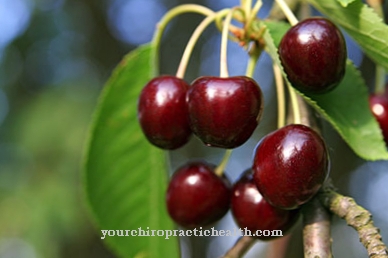Bacillus stearothermophilus is a non-pathogenic and rod-shaped species of bacteria from the family Bacillaceae and Firmicutes division. The type of bacteria is one of the so-called spore-forming agents, i.e. it forms resistant endospores under unfavorable conditions. For humans, the type of bacteria is primarily important as a test germ, for example for checking thermal devices for sterilization.
What is Bacillus stearothermophilus?
Bacillus stearothermophilus is a bacterial species from the Bacillaceae family, of which around 50 genera are known. The species belongs to the genus Bacillus, which belongs to the Firmicutes division. The bacterial species falls into the class Bacilli and belongs to the order Bacillales.
Like all bacteria from the order Bacillales, Bacillus stearothermophilus is a rod-shaped Gram-positive bacterium. Many representatives of the Bacillales can form endospores under unfavorable conditions such as lack of food and extreme temperatures. This also applies to Bacillus stearothermophilus, so that the species, together with the clostridia, belongs to the group of spore formers.
Individuals of the species Bacillus stearothermophilus are thermophilic organisms and can grow up to ten µm long. The bacterial species does not lead to diseases and shows gram-positive staining behavior. The non-pathogenic bacteria are used in biotechnology and are used, for example, in sterilization processes.
The species plays a role in molecular biology insofar as it possesses the enzyme polymerase. DNA strands can be split using polymerase. Polymerase plays a role in the polymerase chain reaction and in other methods of DNA amplification or DNA modification.
Occurrence, Distribution & Properties
Bacilli of the bacterial species Bacillus stearothermophilus occur ubiquitously and, under poor propagation conditions, change into a spore stage. This approach gives the individuals a higher resistance to certain environmental influences. The bacterial species can survive in this way even in 70 percent alcohol. In order to fulfill disinfection purposes and thus kill the bacteria, the alcohol used must be sterile-filtered.
The bacterial species lives aerobically. This means that the individuals can survive in an oxygen-rich environment. Your metabolism is geared towards oxygen. Unlike many other bacteria, they cannot survive in the complete absence of oxygen.
The preferred milieu of Bacillus stearothermophilus is humus rich soil. Strains of the bacterial species can also be found in hot springs, in desert sand, in compost or in food. The same is true of arctic waters and ocean floors. Due to its ability to form spores, the species is extremely heat-stable and resistant to environmental influences.
Germination occurs only under favorable environmental conditions. The bacteria have DNA polymerase, a multifunctional enzyme that catalyzes the polymerization of individual nucleotides into long chains. When DNA replicates, it catalyzes DNA synthesis from individual deoxyribonucleotides.
Meaning & function
Together with Bacillus subtilis, Bacillus stearothermophilus is very useful for humans, especially as a test germ in the biological control of various sterilization devices.
When checking autoclaves or hot air sterilizers, bacterial strains of the species are used as bioindicators and are used to determine the rate of death. This is the time interval in which bacteria are killed by a setrilization device. The success of sterilization processes can be measured using the kinetics of death.
Bacillus stearothermophilus is highly thermostable. This is why the test germ is mainly used in thermal sterilization to determine efficiency. The germ is placed in glass ampoules which are filled with a liquid nutrient medium and a color indicator. The individual ampoules are autoclaved and then incubated together with a control ampoule at 60 degrees Celsius for a few days. The color change of the indicator shows the metabolic activity of the individual cells. This means that the color does not change in successfully sterilized ampoules.
The sterilization test using Bacillus stearothermophilus can also be carried out in the form of spore strips. As spore strips, strips of filter paper are known to which endospores of the bacterium are applied. This application also mostly takes place in connection with the steam sterilization test. For this purpose, the test germ is placed in spore strips in an autoclave, then placed in a nutrient solution and finally incubated. If the sterilization is successful, growth does not occur.
In addition to these areas of application, Bacillus stearothermophilus plays a role in the production of enzymes such as BstBI.
You can find your medication here
➔ Medication for diarrheaIllnesses & ailments
The bacterial species Bacillus stearothermophilus is neither pathogenic for humans nor animals. The individual strains of the species are therefore not pathogens. This is not uncommon for bacteria from the order Bacillales and the Bacillaceae family.
The family includes various non-pathogenic species, but also includes facultative pathogenic and obligate pathogenic agents. Bacillus subtilis, for example, is a facultative pathogenic agent of the family that only leads to diseases under certain conditions. Bacillus anthracis is, in turn, an obligate pathogenic agent, which inevitably causes the so-called anthrax.
In contrast to facultative and obligatory pathogenic species, diseases of the non-pathogenic Bacillaceae species Bacillus stearothermophilus must under no circumstances be expected if the bacteria come into contact with humans. Inhalation of spores of the species is also not associated with the potential for disease. The immune situation of the patient plays no role here.
While facultative pathogenic germs are mostly opportunistic pathogens and can therefore cause diseases in people with a below-average immunological constitution, non-pathogenic germs such as Bacillus stearothermophilus are harmless even to immunosuppressed people.

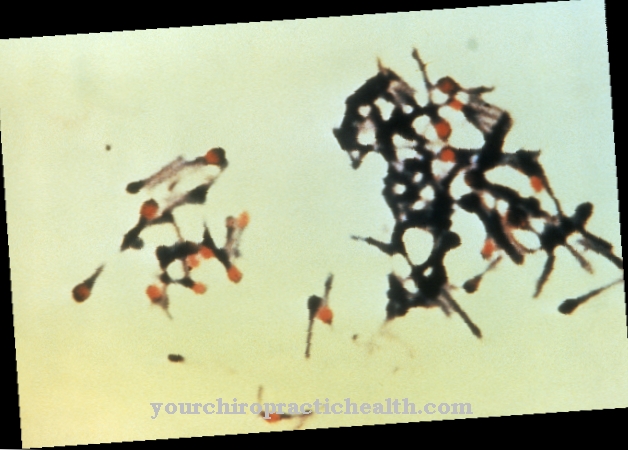




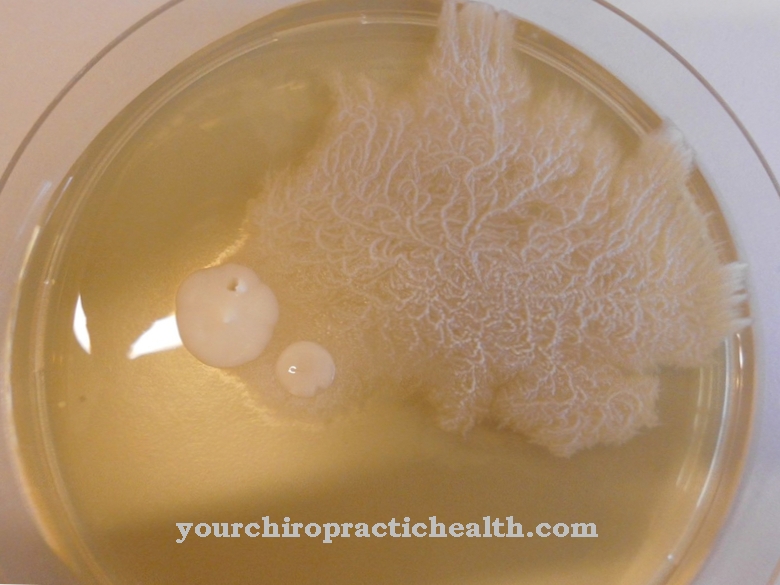

.jpg)





.jpg)


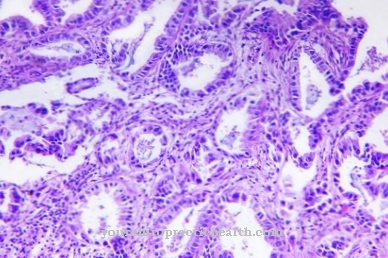



.jpg)

